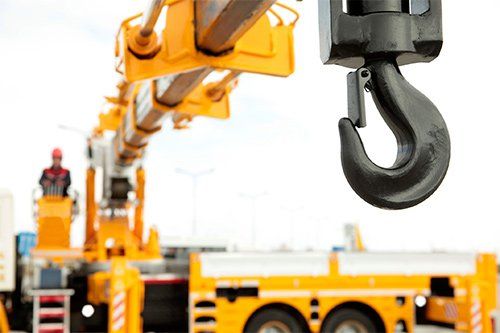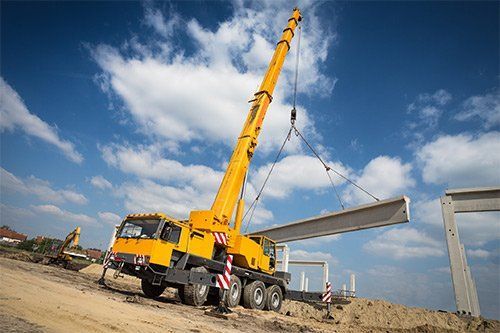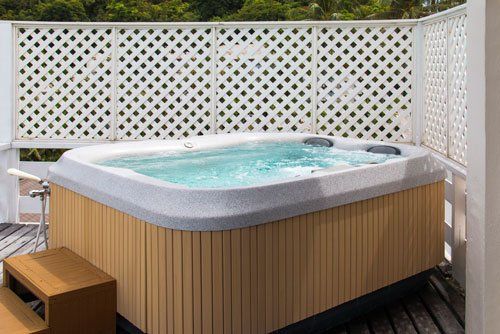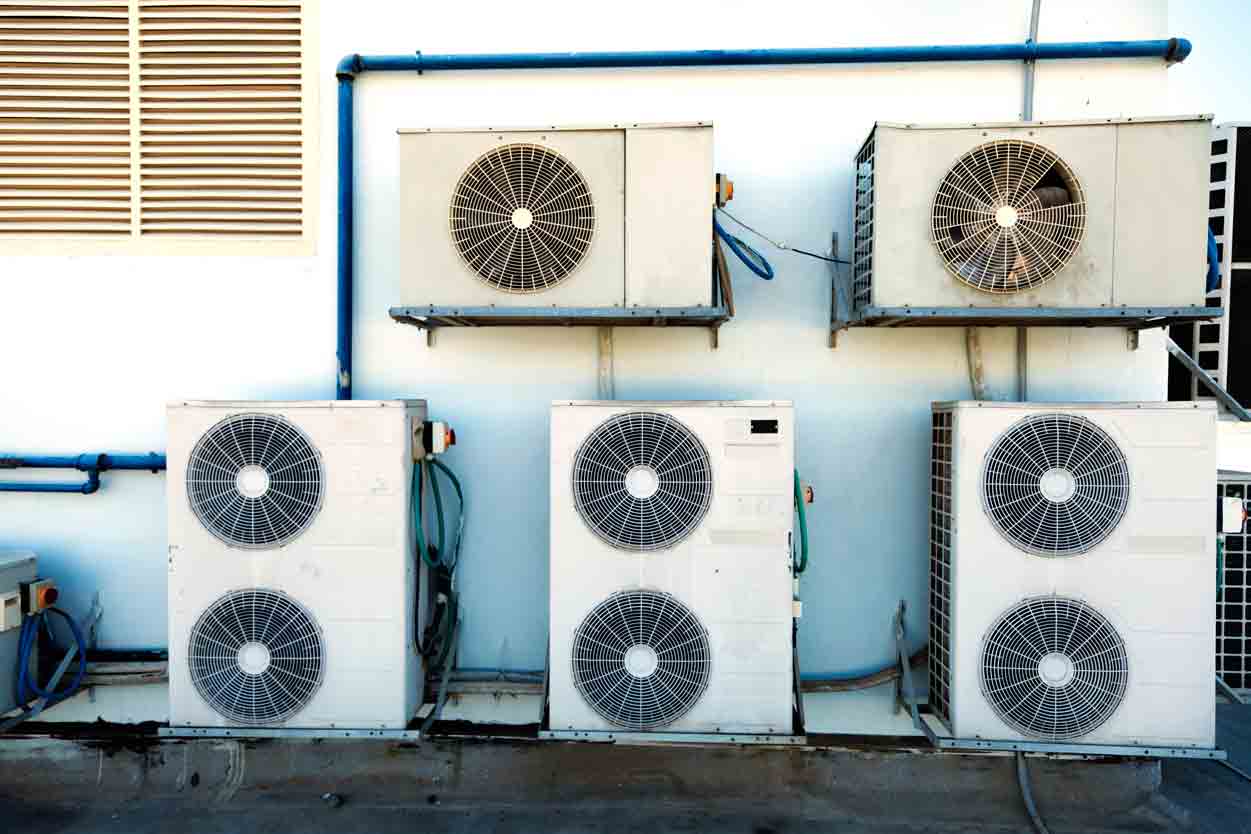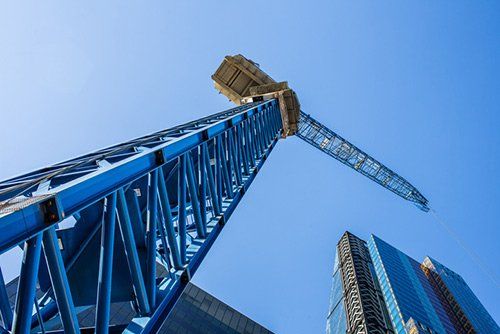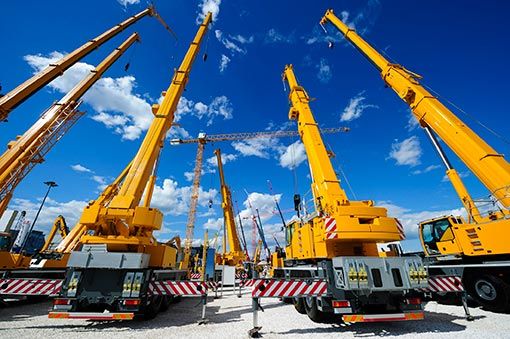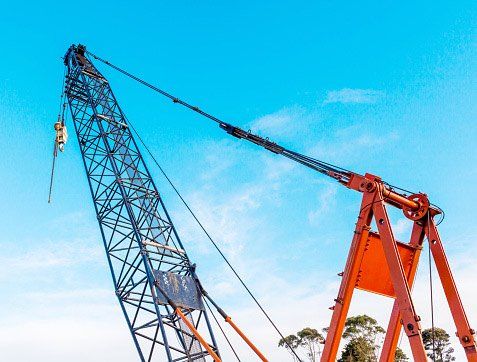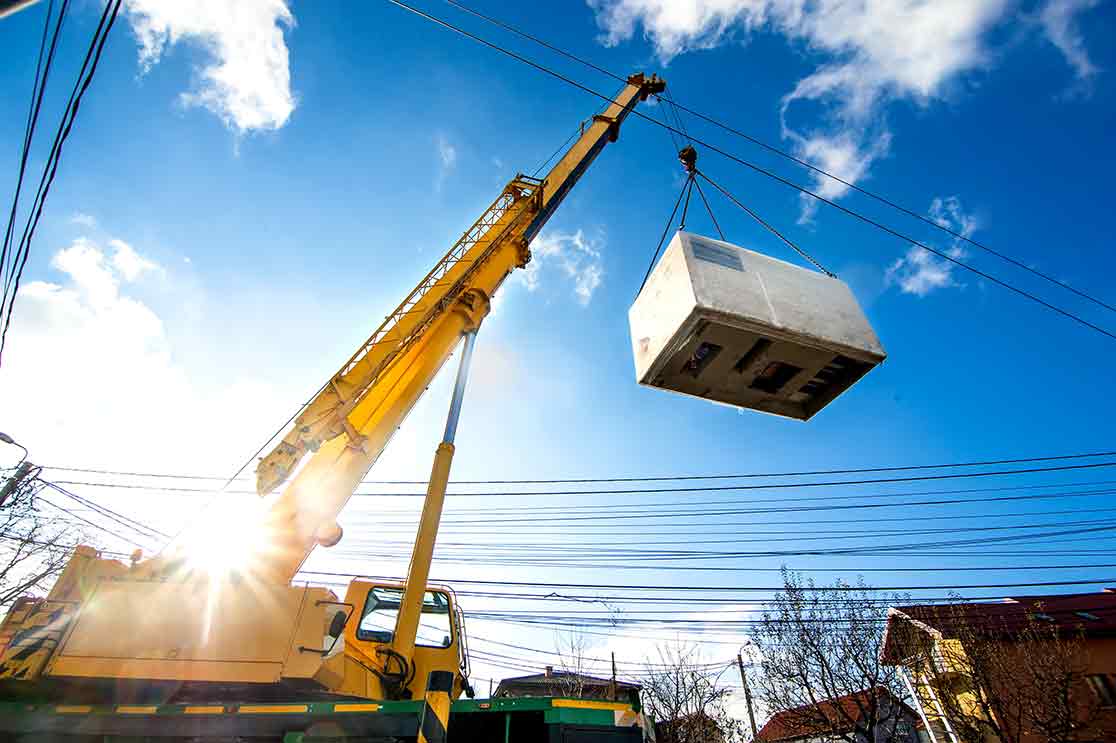3 COMMON CRANE HAZARDS
- By websitebuilder
- •
- 26 Jul, 2018
- •

Cranes play a significant role in any lifting and construction project. This equipment simplifies operations and reduces project lead times, all of which have implications for your bottom line. However, improper operation of a crane can result in severe injuries and fatalities at the worksite.
The Bureau of Labor Statistics estimates that in 22 percent of cases involving fatal crane-related injuries, the affected worker was operating the crane. If you plan to rent a crane for worksite operations, here are the most common hazards to look out for.
1. Inclement Weather
Extreme weather can have a negative impact on crane operations. Operators should prepare for drastic weather changes to minimize the risk of accidents.
Common weather conditions that jeopardize lifting operations include wind, lightning, cold weather, heat, and rain.
Wind
Wind is a major weather hazard for aerial lifting equipment. Strong winds can swing the load forcefully, reduce the crane's stability, and cause the crane to tip over, resulting in injury or death.
Avoid operating cranes in winds stronger than 20 miles per hour. Be particularly careful when operating a crane in between two buildings, as the wind speed tends to be higher. Also, bear in mind that wind speed increases with height.
Lightning
Cranes, and in particular overhead cranes, are at an increased risk of being struck by lightning. Avoid using cranes in case of a lightning forecast in your area.
Lightning is likely to occur during heavy rains and storms. Use a lightning detection tool to identify imminent lightning. Lightning can destroy equipment. After the lightning has passed, inspect the crane to ensure the equipment is safe for use.
Cold Weather
Extremely cold weather can have adverse effects on the crane's hydraulic system and on the equipment's ductility. Cold weather causes the hydraulic fluid to thicken resulting is slow operational speeds and inadequate lubrication of parts.
Steel components also lose their ductility in cold weather, which can weaken the equipment's overall load-bearing capacity. Experts from Construction Review Online recommend that you halt all aerial lifting operation when the temperatures fall below -22 degrees Fahrenheit.
Heat
Excessive heat is also not ideal for crane operations. Heat from direct sunlight can cause components to crack, thereby minimizing the crane's efficiency and safety.
Dust is a common nuisance in the hotter months. Be sure that crane filters are clean, well maintained, and dust free.
Rain
Rain can corrode equipment and slow down the functioning of critical parts of the crane. Avoid working in the rain and be sure to check your equipment for any damage after the rain subsides
2. Operational Capacity
Cranes have a load limit beyond which the equipment can succumb to permanent damage. To avoid exceeding the operational capacity, have only trained workers operate the cranes at your worksite.
A trained operator is familiar with load-measuring methods and can determine when a load exceeds the carrying capacity of the crane. OSHA requires training for all operators operating a crane with a carrying capacity of 2000 pounds or less.
3. Power Line Contact
Crane operators and others at the worksite face the risk of electrocution when operating machinery close to live power lines. In fact, power line contact is among the leading causes of fatalities and severe injuries among non-electrical workers.
Before bringing a crane to a worksite, identify potential danger zones, advice crane operators and other workers, and device preventative methods for mitigating electrical hazards.
OSHA recommends that worksite employees keep a 10-foot radial distance from power lines. Be sure to mark potential danger zones to serve as a visual deterrence.
Consider hiring an experienced crane operator who understands current regulations and knows how to manage the hazards present in any worksite.
At Prestige Crane Service, our rentals come with a qualified and experienced operator so they can monitor these and other dangers without you having to do it. Contact us today to learn more about our crane rental rates and options.

